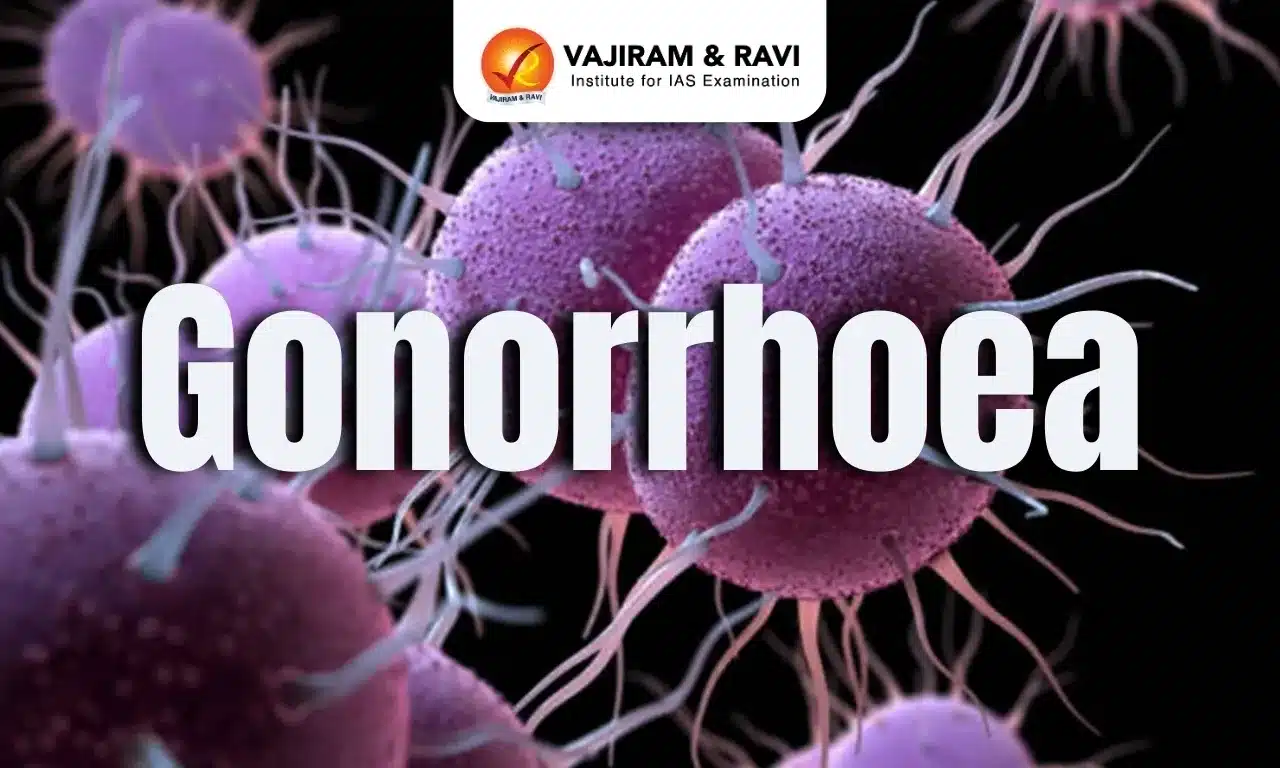Acute Promyelocytic Leukemia (APL) Latest News
CRISPR-Based Test for Rapid Diagnosis of Rare Blood Cancer: APL
What is Acute Promyelocytic Leukemia (APL)?
- Acute Promyelocytic Leukemia (APL) is a rare but aggressive form of leukemia, a cancer affecting blood cells.
- APL is a subtype of Acute Myeloid Leukemia (AML) and contributes to approximately 10-15% of newly diagnosed AML cases.
- The condition arises due to a genetic mutation where two genes—PML and RARA—fuse together abnormally, disrupting normal blood cell formation.
- This fusion leads to a significant drop in white blood cells and platelets, impairing the body’s ability to fight infections and control bleeding.
- APL is particularly dangerous because it can cause sudden internal bleeding in vital organs like the lungs and brain, which can be fatal within days if left untreated.
- Early diagnosis and treatment, however, can cure most patients, making timely detection crucial.
Symptoms and Diagnosis
- The median age of diagnosis in India is 34 years, with a male-to-female ratio of 1.5:1.
- Common symptoms include:
- Sudden bleeding from gums and nose
- Fatigue
- Unexplained fever
- Bone pain
- Although these symptoms may resemble other illnesses, histopathological parameters such as complete blood count (CBC) and cell morphology are essential for definitive diagnosis.
Acute Promyelocytic Leukemia (APL) FAQs
Q1. What is Acute Promyelocytic Leukemia (APL)?
Ans. APL is a rare subtype of acute myeloid leukemia (AML), characterized by abnormal white blood cell formation.
Q2. What causes APL?
Ans. A specific chromosomal translocation t(15;17) involving the PML-RARA gene fusion.
Q3. What is unique about its treatment?
Ans. Unlike other leukemias, APL responds well to all-trans retinoic acid (ATRA) and arsenic trioxide, achieving high cure rates.
Q4. What are the main symptoms?
Ans. Symptoms include fatigue, bleeding, and increased infections, often due to reduced normal blood cells.
Source: TH
Last updated on December, 2025
→ Check out the latest UPSC Syllabus 2026 here.
→ Join Vajiram & Ravi’s Interview Guidance Programme for expert help to crack your final UPSC stage.
→ UPSC Mains Result 2025 is now out.
→ UPSC Notification 2026 is scheduled to be released on January 14, 2026.
→ UPSC Calendar 2026 is released on 15th May, 2025.
→ The UPSC Vacancy 2025 were released 1129, out of which 979 were for UPSC CSE and remaining 150 are for UPSC IFoS.
→ UPSC Prelims 2026 will be conducted on 24th May, 2026 & UPSC Mains 2026 will be conducted on 21st August 2026.
→ The UPSC Selection Process is of 3 stages-Prelims, Mains and Interview.
→ UPSC Result 2024 is released with latest UPSC Marksheet 2024. Check Now!
→ UPSC Prelims Result 2025 is out now for the CSE held on 25 May 2025.
→ UPSC Toppers List 2024 is released now. Shakti Dubey is UPSC AIR 1 2024 Topper.
→ UPSC Prelims Question Paper 2025 and Unofficial Prelims Answer Key 2025 are available now.
→ UPSC Mains Question Paper 2025 is out for Essay, GS 1, 2, 3 & GS 4.
→ UPSC Mains Indian Language Question Paper 2025 is now out.
→ UPSC Mains Optional Question Paper 2025 is now out.
→ Also check Best IAS Coaching in Delhi

















